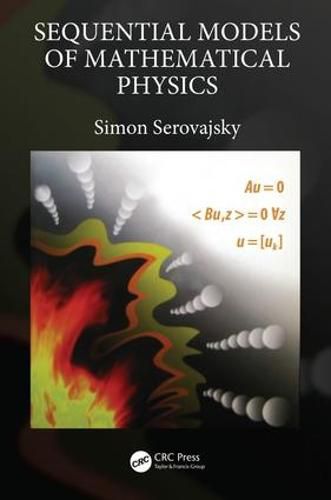Readings Newsletter
Become a Readings Member to make your shopping experience even easier.
Sign in or sign up for free!
You’re not far away from qualifying for FREE standard shipping within Australia
You’ve qualified for FREE standard shipping within Australia
The cart is loading…






The equations of mathematical physics are the mathematical models of the large class of phenomenon of physics, chemistry, biology, economics, etc. In Sequential Models of Mathematical Physics, the author considers the justification of the process of constructing mathematical models. The book seeks to determine the classic, generalized and sequential solutions, the relationship between these solutions, its direct physical sense, the methods of its practical finding, and its existence.
Features
Describes a sequential method based on the construction of space completion, as well as its applications in number theory, the theory of distributions, the theory of extremum, and mathematical physics
Presentation of the material is carried out on the simplest example of a one-dimensional stationary heat transfer process; all necessary concepts and constructions are introduced and illustrated with elementary examples, which makes the material accessible to a wide area of readers
The solution of a specific mathematical problem is obtained as a result of the joint application of methods and concepts from completely different mathematical directions
$9.00 standard shipping within Australia
FREE standard shipping within Australia for orders over $100.00
Express & International shipping calculated at checkout
The equations of mathematical physics are the mathematical models of the large class of phenomenon of physics, chemistry, biology, economics, etc. In Sequential Models of Mathematical Physics, the author considers the justification of the process of constructing mathematical models. The book seeks to determine the classic, generalized and sequential solutions, the relationship between these solutions, its direct physical sense, the methods of its practical finding, and its existence.
Features
Describes a sequential method based on the construction of space completion, as well as its applications in number theory, the theory of distributions, the theory of extremum, and mathematical physics
Presentation of the material is carried out on the simplest example of a one-dimensional stationary heat transfer process; all necessary concepts and constructions are introduced and illustrated with elementary examples, which makes the material accessible to a wide area of readers
The solution of a specific mathematical problem is obtained as a result of the joint application of methods and concepts from completely different mathematical directions